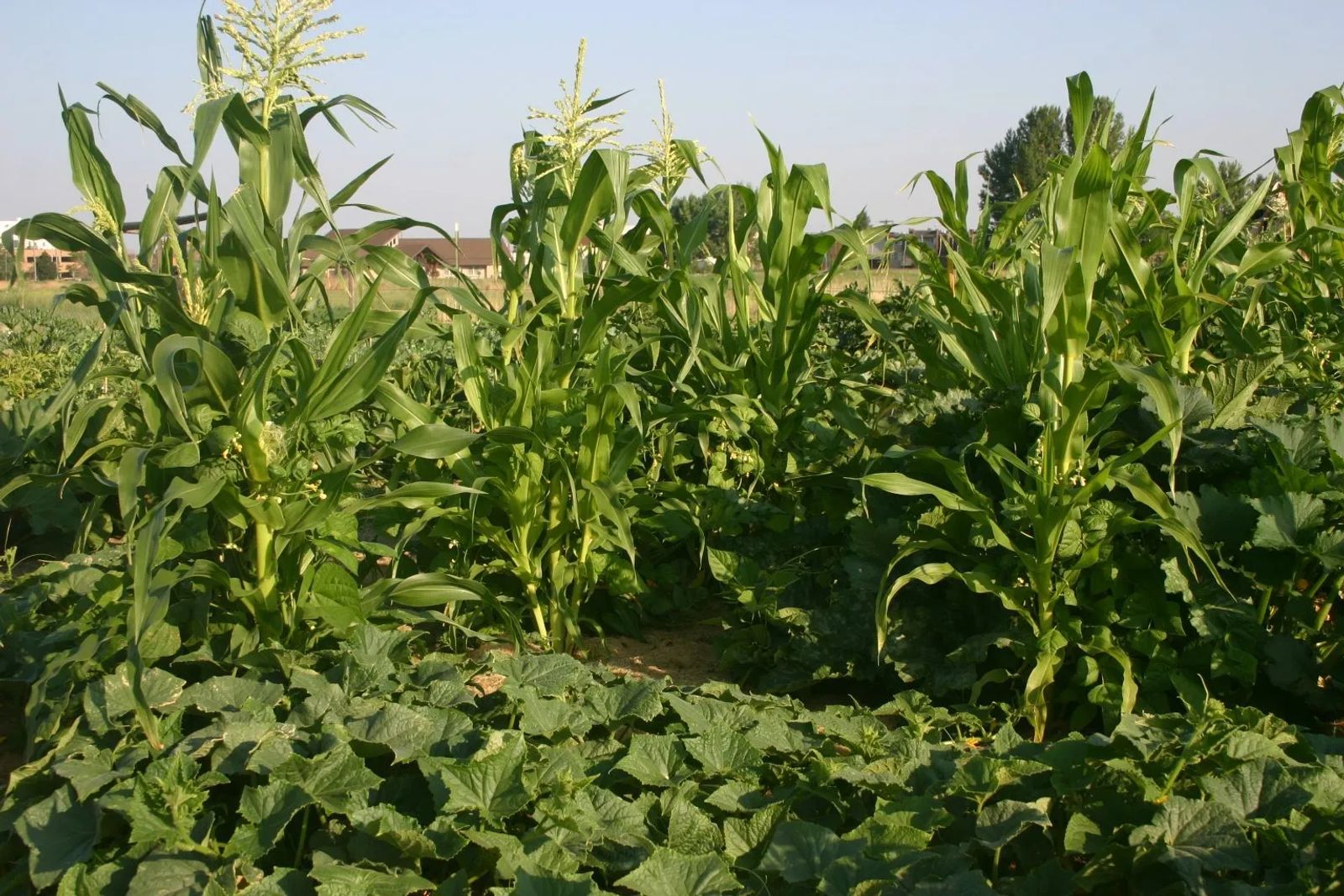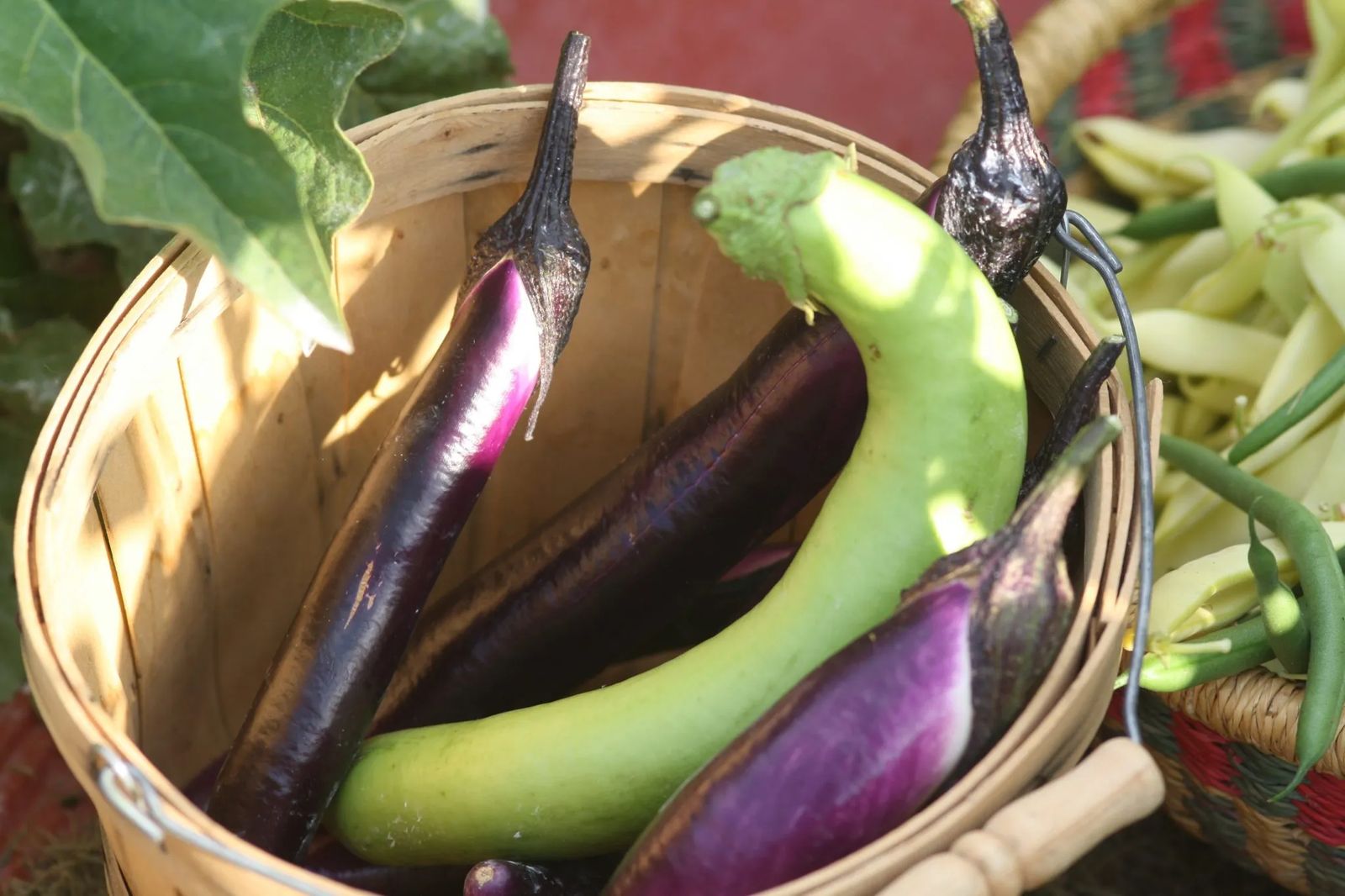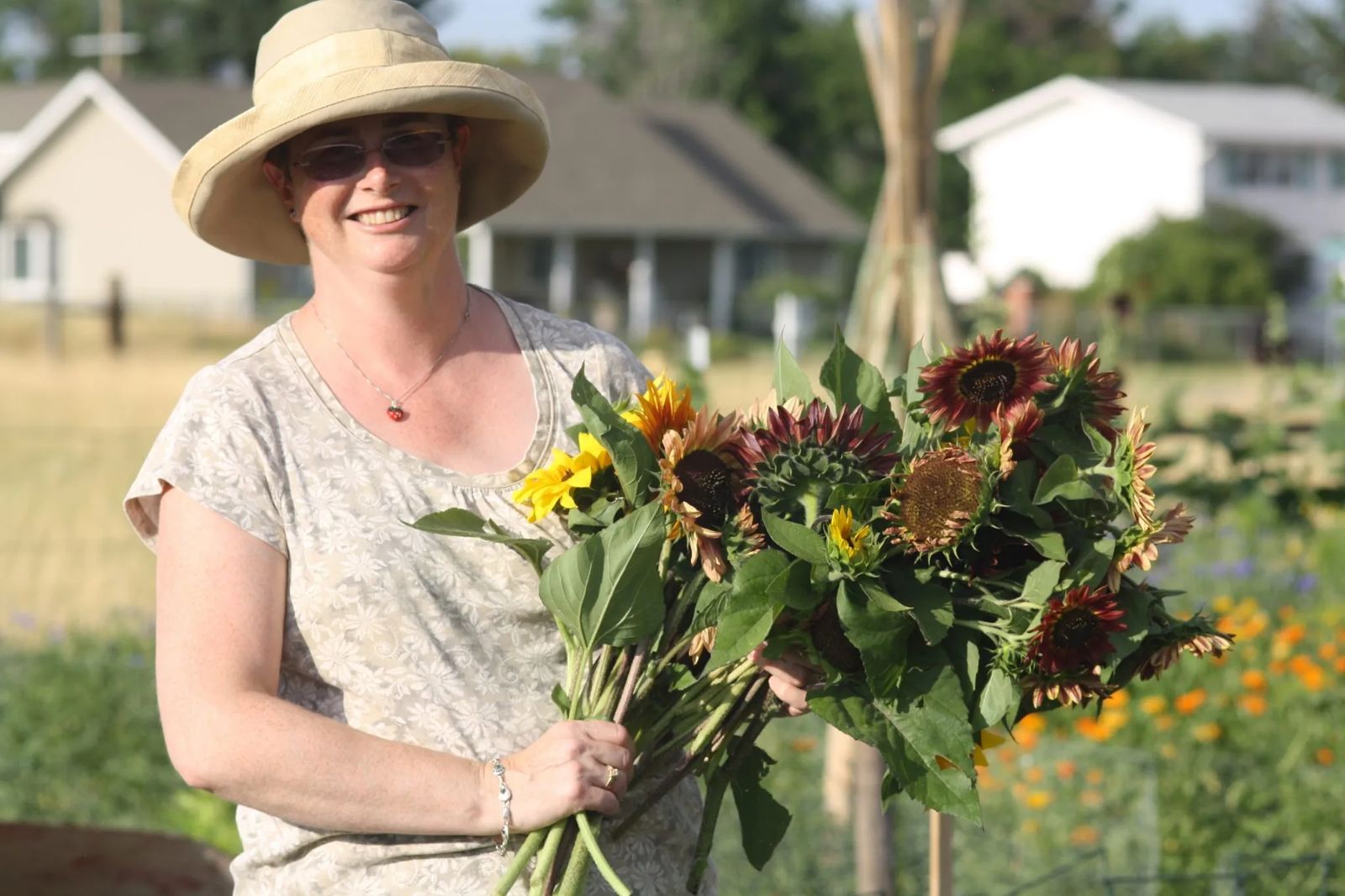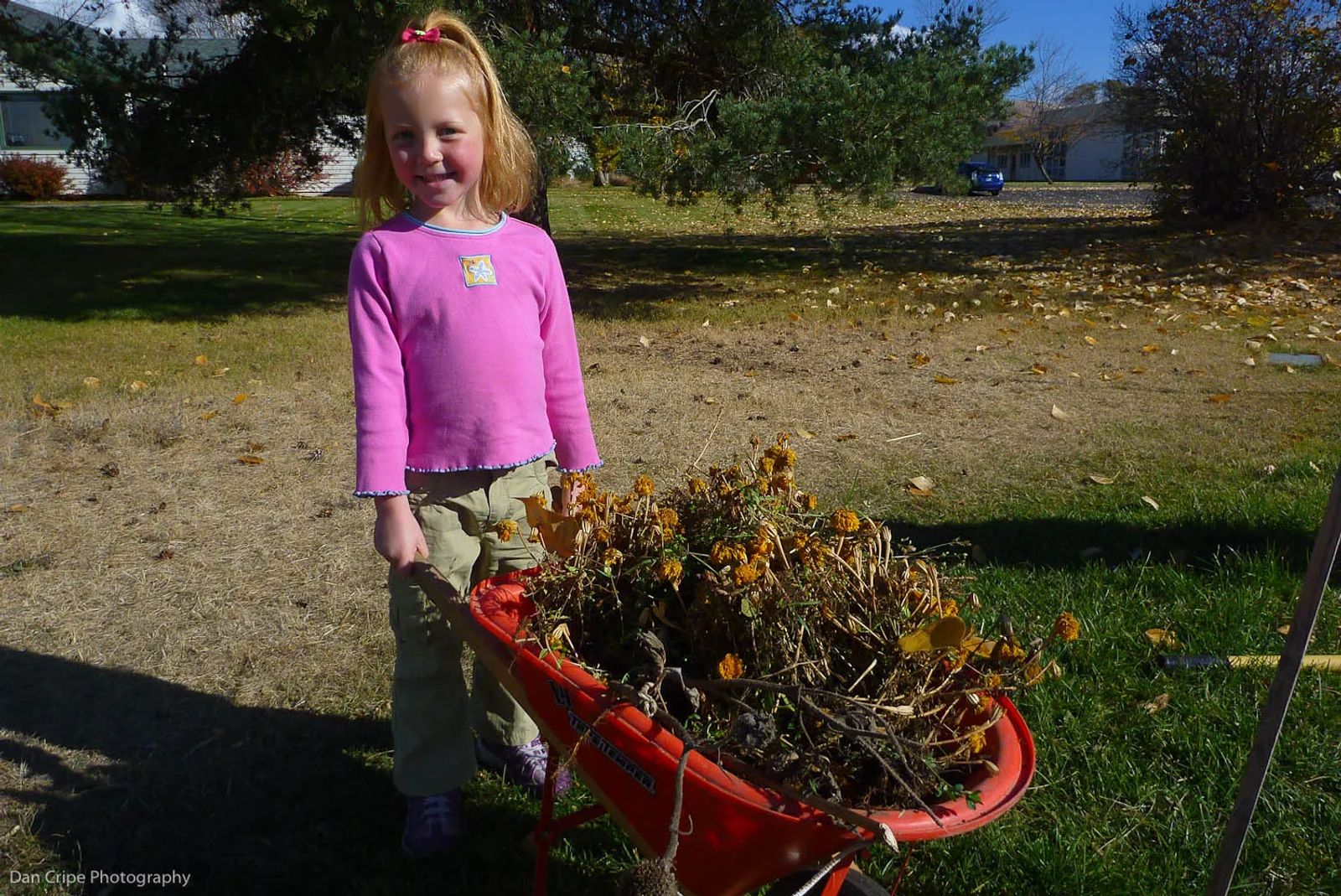
A Plot of Your Own
Community Gardens foster food & friendships
Whether raising a few tomato plants or turning under hundreds of square feet to grow your own food, a garden is the epitome of the self-reliant spirit. Raising food is a very Montanan thing to do, yet not everyone has the space, or the knowledge, to tackle a garden on their own. Community gardens are the answer to both obstacles.
While it seems new community gardens are springing up throughout the state, the concept harkens back several generations. In WWII, commercial growers were focused on feeding the troops. Victory Gardens were the answer for urban residents to assist in the war effort by raising their own food, and at its peak, roughly 20 million gardens were established, both on private land and in public spaces. According to the WWII Museum, 40 percent of all of the vegetables grown in the United States were raised in Victory Gardens. With an increased interest in healthful food, people are turning back to the garden.

It wasn’t a war that inspired Garden City Harvest in Missoula to take root 20 years ago. Genevieve Jessop Marsh, Community Outreach Director, says, “Initially, it started during a time when a lot of public funding was cut for food stamps.”
They started with a small community garden, as well as the 10-acre PEAS (Program in Ecological Agriculture and Society) student farm, to assist low-income families obtaining fresh, healthful food. The concept rapidly grew. Now there are nine community gardens available to Missoula gardeners.
Community gardens are as varied as the produce they grow. From low-maintenance 4 ft. x 4 ft. raised bed plots, including elevated beds to accommodate physical challenges at the Pea Pods Neighborhood Garden in Great Falls, or larger spaces in other gardens throughout the state, these organizations provide opportunities to anyone willing to take on the challenge of gardening in Montana.

As one of the many examples, Garden City Harvest provides plots that are 15 ft. x 15 ft., and gardeners are provided with tools, straw, compost, and water for $40 per season. Equally as important, they have experienced gardeners at their fingertips and a group that is geared toward their success. The gardens are so popular in Missoula that gardeners obtain plots through a lottery system.
“We generally have 50 to 100 people on the waiting list,” says Genevieve. They can often accommodate most of them by the end of the season either when people decide not to garden or have to move, or sometimes they have the opportunity to share a garden with someone. If someone doesn’t have a plot one year, they hold priority the next season. This isn’t the case in every area of the state, but it demonstrates how important it is to some towns.

Genevieve says gardeners harvest 250 to 300 pounds of fresh produce from their plot each season, which is typically enough to keep a family of 4 in fresh vegetables throughout the summer with some to share. This is important in Montana where produce can take a big chunk out of the grocery bill, particularly in regions where the growing season is greatly abbreviated.
“We used to live in Lincoln, and started a community garden there,” says Jackie Heinert, AERO Local Food System Coordinator in Helena who also works with the Helena Community Gardens. “In Lincoln, we had zero growing season.”
When Jackie and her husband moved to Lincoln, he built her a small greenhouse to mitigate for the challenging gardening climate. But when she took Master Gardening classes, she took notice of what was happening in the community gardening realm statewide.
“I needed some social-networking and also wanted to help make a garden for everyone to use,” Jackie says. “It helped that the gal spear-heading it was a good friend and we could work together toward on an amazing project.”

With a lot of hard work from Lewis and Clark County Extension agent, Brent Sarchet, along with other dynamic members of the community, they built a greenhouse, complete with a heater for the cooler months and a shade cloth in the summer, to enclose their community gardens.
For Jackie, who has the knowledge to be able to garden on her own, it’s more about reaching beyond individual efforts. “I've always been huge about trying to share our extra produce or extra everything in life, and so my thoughts are that helping with and getting these community and communal gardens going is the easiest way for me to do that,” she says.
Although some people thought a garden was beyond optimistic thinking in an area known for snow sports, the community gardens continue as part of the school program, as well as allowing locals to raise their own food within the protected walls of the greenhouse where deer and elk cannot reach.
As the name implies, community gardens are a place to build relationships. One of the perks of gardening in a community garden is if you take the time to know your neighbor and make connections, you can trade watering time if you’re heading out of town. Fellow gardeners are typically more than happy to turn on the sprinkler or drip hoses while they’re working on their own plot. Plus, it’s a place where people connect on the same level. Weeds wait for no one, and ground squirrels aren’t concerned with ethnic or economic differences.

And, if you don’t know what’s happening with your plants, whether it is a disease situation or a plague of insects, experienced gardeners are there to offer advice. Most community gardens hold classes ranging from topics for brand new gardeners to whether you really need six zucchini plants, to more advanced techniques such as grafting tomatoes or learning which weeds you can actually eat.
Like a metaphor for the growing season, these places can be the impetus for a new direction in life. Genevieve recalls the situation where a couple rented a plot after weathering major upheavals with work and health situations resulting in them going from a stable life to utilizing the food bank. By the end of the season, she was able to donate fresh vegetables back to the food bank.
“She was able to give back in a meaningful way,” Genevieve says.
Although community gardens focus on providing space for individuals to grow their own food, most gardens are connected with the local food banks or charitable organizations in some manner. Some gardens request gardeners donate some of their harvest to the local food bank. Others grow specific plots intended for donation under the care of volunteers. In Missoula, Genevieve notes Garden City Harvest gave 45,000 pounds of fresh produce to the 10 agencies they serve.

Many organizations also create gardens where anyone within the neighborhood can pick what they need. Theft in community gardens happens from time to time because people believe all of the plots are for everyone, but it’s also because people are hungry. Creating a shared garden resolves at least some of the issues.
“One of the gardeners saw this little girl picking carrots (in an individual’s plot),” says Genevieve. The gardener explained that was someone else’s garden, but she was more than welcome to pick carrots in the shared garden. Besides bringing home a few vegetables, the girl continued to return to tend to the plot throughout the season.

Community gardens are so much more than simply growing vegetables. Like so many important events in life, food is the core of the endeavor, yet the gardens provide relationships, knowledge, support, and healing. It’s amazing what a few seeds, good soil, and time can do.
FOR ANYONE INTERESTED in starting their own community garden, AERO offers a terrific resource by clicking on aeromt.org/PDFs/AERO_Garden_Manual.pdf

Growing for a Community
Where to find a plot of your own
Since there is no central organization, sometimes finding a community garden is the greatest challenge of the season. Contact your local Extension agent to learn about community gardens in your area, or via these contacts below.
BILLINGS
billingsparks.org/community-gardens
BOZEMAN
bozeman.net/Departments-(1)/Park-Rec-Cemetery/Parks/Community-Gardens
CUTBANK
facebook.com/cbcommunitygarden
EUREKA’S SEEDS OF HOPE
sites.google.com/site/seedsofhopeeureka/home
FLATHEAD VALLEY
nourishtheflathead.org/community-gardens
GLENDIVE
facebook.com/events/576265232541695
GREAT FALLS RIVER CITY HARVEST
rivercityharvest.com
GREAT FALLS PEA PODS NEIGHBORHOOD GARDEN
facebook.com/PeaPodsNCGarden/
HAVRE COMMUNITY GARDEN
(406) 265-6743
HAMILTON DALY SCHOOL COMMUNITY GARDENS
communitygarden.org/find-a-garden/gardens/daly-school-community-garden
HELENA
helenagardens.org
LIBBY
communitygarden.org/find-a-garden/gardens/libby-area-community-garden-club
LIVINGSTON FOOD RESOURCE CENTER
(406) 222-5335
MILES CITY
facebook.com/MilesCityCommunityGarden/Livin
POLSON
Mike Lies at (406) 883-4136
SHELBY
msuextension.org/toole/
WHITEFISH
whitefishcommunitygarden.net

















